Recommended
Categories
Reprinted Articles
Piano: It Is Easy To Compose Piano Sheet Music |
|---|
| by Peter Edvinsson |
|
Why is it easy to compose piano music? Because you have to start from where you are. This should be fairly easy; otherwise you have not started from where you are. A suggestion is to start writing piano pieces for beginners in a progressive order. The idea is that as the pieces get more complicated for the player they will also become more complicated for you to notate and compose and you will subsequently learn as you write. How is composing beneficial for your piano playing? One important reason is that your compositional endeavours will make you more and more aware of intrinsic musical subtleties in the music of other composers. When you start to think and feel like a composer you will also become a better performer as well. Performing is also a creative process similar to composing. Compose and become a better sight reader I remember an assignment I had many years ago writing music to my first musical. It made me aware of many notational problems I had not taken the time to solve for myself before. When I started to play my piano music again I was astonished when realizing it was much easier for me to sight read complicated piano sheet music. The reason for this I concluded must have been my concentrated effort to notate my own piano music. The process to play something with my fingers and and then try to notate the music on manuscript paper was so to speak a reversed sight reading exercise. What about manuscript paper? Notating sheet music is very cheap or very expensive. You can buy a more or less expensive notation program as I have done or you can write on paper or use both approaches. I suggest that you start writing on paper the way that composers have done for centuries. It is cheap and it is an effective exercise to use a pencil and writing the various sheet music symbols by hand. Very often I jot down musical ideas on ordinary white paper after drawing five lines by hand. It works fine if you can't find your manuscript paper. You can buy manuscript paper for sheet music or print out your favorite format on the site http://www.blanksheetmusic.net It's of course up to you but, composing piano sheet music can become a natural part of your daily practice routine. Spending half an hour a day composing your own sheet music can help you increase your musical knowledge and help you become an even better musician and most important; it is fun! About The AuthorPeter Edvinsson is a musician, composer and music educator. He is the proud owner of Capotasto Music with free sheet music, tablature and learn to play resources for musicians and music students.http://www.capotastomusic.com |
Recommended Stuff
Beginner Piano:
| Learn Songs - Learn 3 Easy Songs, free Virtual Piano provided |
| Chords - Learn how to construct Major Chords, Primary Chords & more |
| Music Theory - Key Signatures, Major Scales, Intervals & more |
| Improvisation - Chord Inversions, and different Chord Patterns |
| Techniques - Pentatonic Scale, Whole Tone Scale, Arpeggio |
Free Piano Reference
Music Terms Glossary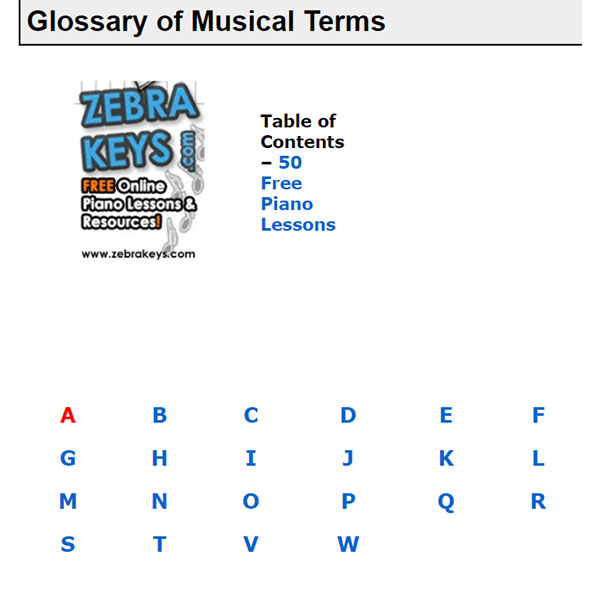 |
FIND any CHORDS using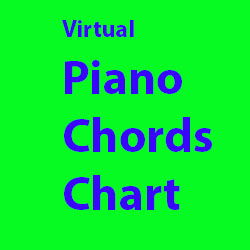 |
Music Notation Chart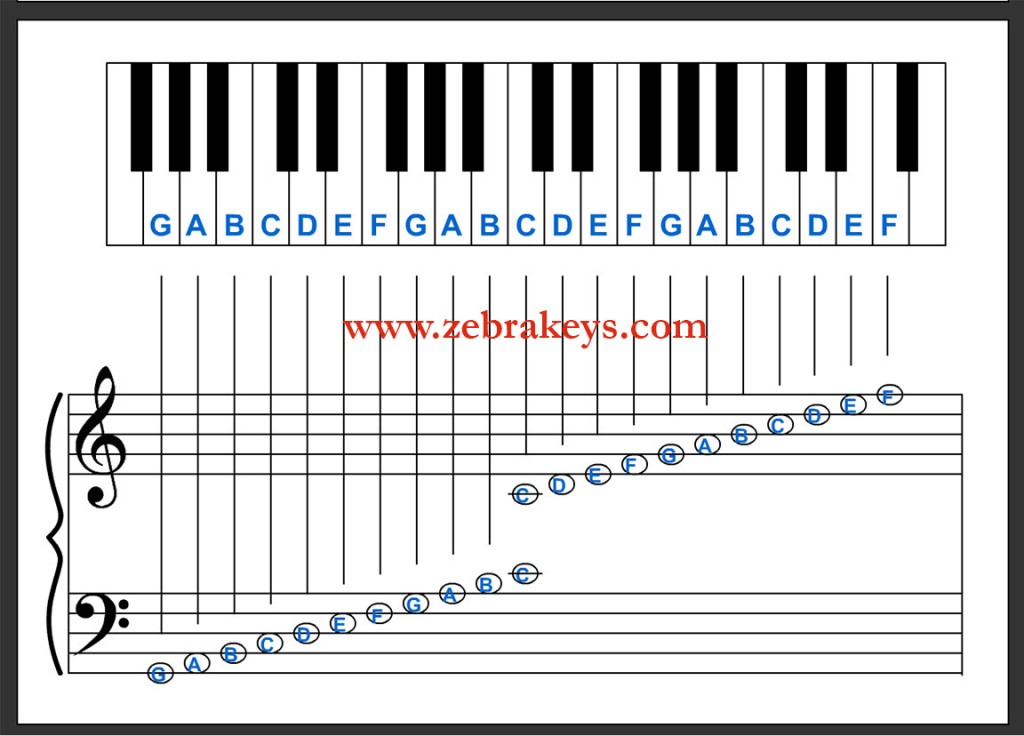 |
| TRANSLATE this content |
| Beginner Piano | | | Intermediate Piano | | | Advanced Piano |
|
List of 50 Free Lessons
Piano Basics 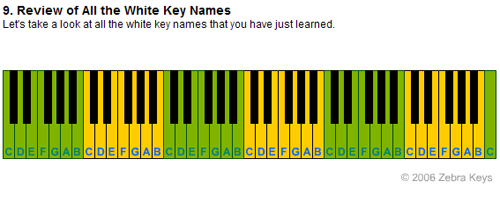 Lesson 1 - Patterns of Piano Keyboard Lesson 2 - Names of White Keys Lesson 3 - Names of Black Keys Lesson 4 - Grand Staff Lesson 5 - Note Durations |
Use our free Virtual Piano Keyboard in conjunction with these free lessons:
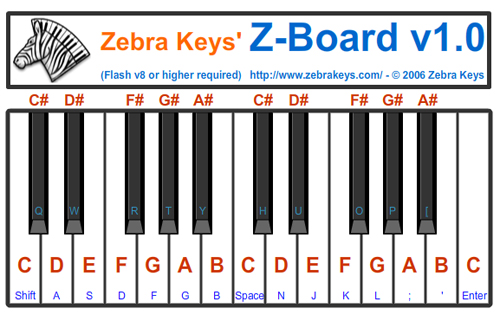 |
|
Beginner Piano Lesson 6 - Brother John Lesson 7 - London Bridge Is Falling Down Lesson 8 - Twinkle Twinkle Little Star |
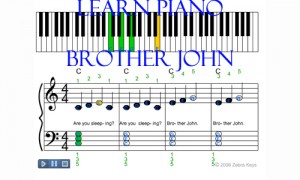 |
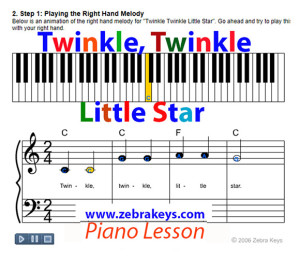 |
| Lesson 9 - Major Chord |
|
FIND any CHORDS using Free Virtual Piano Chord Chart 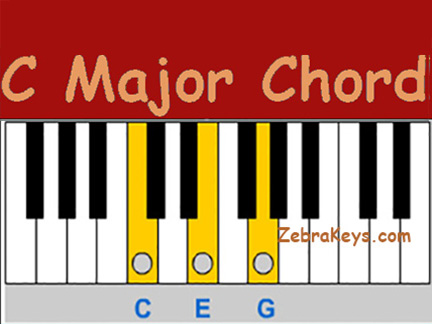 |
|
Lesson 10 - Three Primary Chords Lesson 11 - 12 Bar Blues Chord Progression |
| Lesson 12 - 12 Keys of Music |
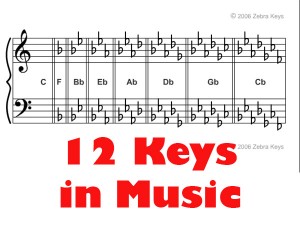 |
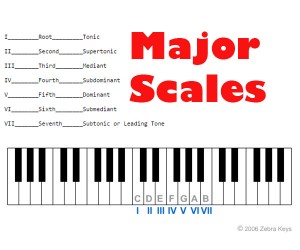 |
|
Lesson 13 - Major Scale
Lesson 14 - Musical Intervals Lesson 15 - Chords of the Major Scale Lesson 16 - The Circle of Fifths |
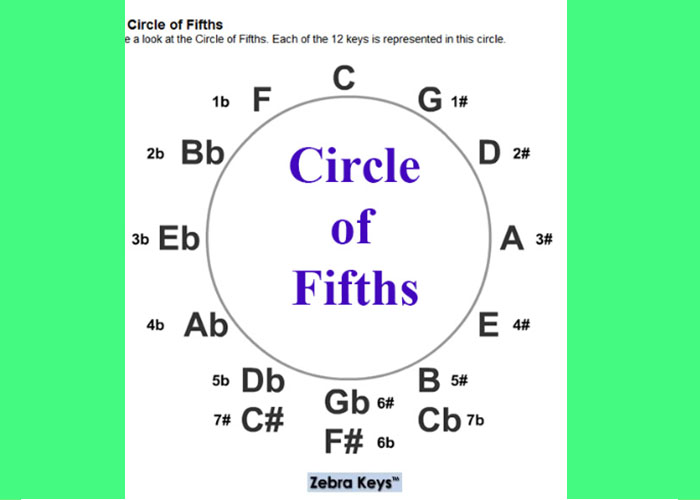 |
|
Lesson 17 - Chord Inversions Lesson 18 - Double Chord Pattern Lesson 19 - Broken Chord Pattern Lesson 20 - Arpeggio Chord Pattern Lesson 21 - Sounds of the Orient (Pentatonic Scale) Lesson 22 - Mysterious Sounds (Whole Tone Scale) Lesson 23 - Arpeggios |
|
Intermediate Piano Lesson 24 - America (My Country Tis of Thee) Lesson 25 - Silent Night Lesson 26 - God Rest Ye Merry Gentlemen |
|
Lesson 27 - Minor Chord Lesson 28 - Three Secondary Chords Lesson 29 - Dominant 7th Chord Lesson 30 - Major 7th Chord Lesson 31 - Minor 7th Chord Lesson 32 - Natural Minor Scale Lesson 33 - Chords of the Natural Minor Scale |
|
Lesson 34 - Melody as Octaves Lesson 35 - Root Chord Pattern Lesson 36 - Harmony Notes Lesson 37 - Major Chord Inversions Lesson 38 - Chord Inversion Straddles |
|
Advanced Piano Lesson 39 - The First Noel (Flash demo version) Lesson 40 - Auld Lang Syne Lesson 41 - Hark! The Herald Angels Sing |
|
Lesson 42 - Diminished Chord Lesson 43 - Augmented Chord Lesson 44 - 6th Chords Lesson 45 - Sus2 Chords Lesson 46 - Sus4 Chords Lesson 47 - Major 9th Chords Lesson 48 - Major 11th Chords Lesson 49 - Major 13th Chords Lesson 51 - Blues Scale |






